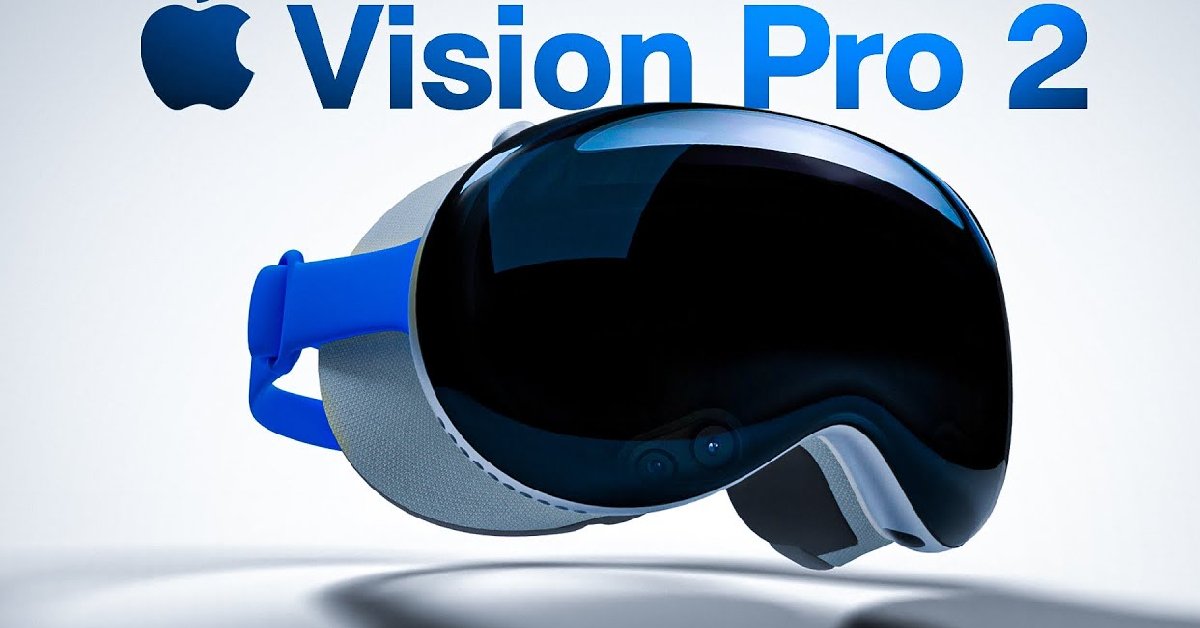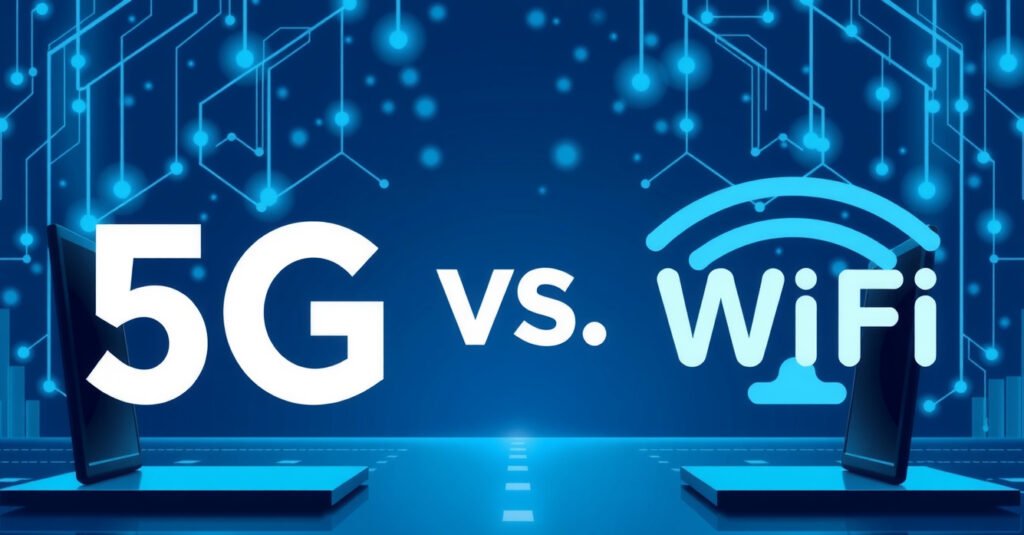Apple Vision Pro 2: Rumors, Features, and What to Expect
(Your Complete Guide to the Next-Gen AR/VR Headset)
The tech world is buzzing with anticipation as rumors swirl about Apple Vision Pro 2, the successor to Apple’s groundbreaking mixed-reality headset. While the first-gen Vision Pro (launched in 2024) redefined spatial computing with its cutting-edge blend of augmented reality (AR) and virtual reality (VR), the Vision Pro 2 aims to push boundaries further. Here’s everything we know—and speculate—about Apple’s upcoming flagship wearable.
1. Design Upgrades: Lighter, Sleeker, More Comfortable
The original Vision Pro impressed with its premium materials but faced criticism for its weight (~600–650 grams). For Vision Pro 2, Apple is reportedly:
- Using advanced alloys to reduce weight without compromising durability.
- Revamping the headband for better weight distribution and adjustable fit.
- Slimming the profile by integrating components like outward-facing cameras.
- Improving the external battery (possibly making it detachable or extending its 2-hour lifespan).
Leaked CAD designs suggest a more minimalist look, with softer curves and enhanced breathability for long gaming or work sessions.
2. Display & Performance: A Visual Powerhouse
The Vision Pro 2 is expected to double down on immersive visuals:
- Dual 4K Micro-OLED screens (up from 3.5K) for crisper text and lifelike VR.
- Brighter HDR panels to combat glare in sunny environments.
- M3/M4 Ultra chip for smoother multitasking, reducing motion sickness in VR.
- Advanced passthrough cameras with higher resolution and lower latency, blending real-world elements seamlessly into AR.
Industry insiders also hint at 8K video playback support and a wider field of view (FOV) to rival headsets like Meta Quest Pro.
3. Features: Smarter Sensors, Better AR
- Eye-tracking 2.0: Faster, more accurate iris recognition for intuitive controls.
- LiDAR scanner upgrades: Improved spatial mapping for precision in dim lighting.
- Gesture recognition: New hand-tracking APIs for developers to create gesture-based apps.
- Health integrations: Potential biometric sensors (e.g., heart rate monitoring) for fitness/wellness apps.
- visionOS 3.0: A major update with AI-driven avatars, collaborative workspaces, and expanded App Store support.
4. Release Date & Price: Patience Required
- Launch Timeline: Apple typically gaps flagship products by 2–3 years. With Vision Pro 1 debuting in early 2024, expect Vision Pro 2 in late 2026 (or a “Pro Lite” model in 2025).
- Price: Likely staying premium—around 3,000–3,000–3,500—though cheaper materials could shave off $500.
5. Competition & Challenges
The Vision Pro 2 will face rivals like:
- Meta Quest Pro 2 (rumored 1,500–1,500–2,000 range).
- Sony’s PSVR 3 (gaming-focused, leveraging PlayStation ecosystems).
- Samsung XR (a Google-Qualcomm collab targeting 2025).
Hurdles for Apple:
- Justifying a high price in a cost-sensitive market.
- Expanding app libraries to attract mainstream users beyond early adopters.
Final Thoughts
The Apple Vision Pro 2 isn’t just an iteration—it’s Apple’s chance to solidify AR/VR as the future of computing. While details remain speculative, one thing’s clear: Apple is betting big on spatial computing. Will it pay off? Only time (and a lighter wallet) will tell.





